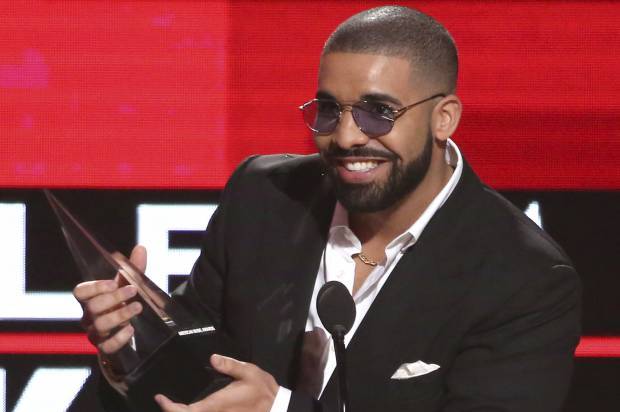Music executives today are hearing the only sound more intrinsically delightful than the millennial whoop: the cha-ching of a thriving industry. The International Federation of the Phonographic Industry released its “Global Music Report” on Tuesday and the results are encouraging for its players.
Thanks to the proliferation of streaming services and a marked increase in performance rights revenue, the global recorded music industry’s revenue grew 5.9 percent last year to $15.7 billion.
Six percent growth might sound modest in comparison with that of other industries, but since the industry released its first “Global Music Report” (originally labeled the “Digital Music Report”) in 1997, the fate of the music business has been precarious. Because of the ease with which music fans could illegally download music for free, the first incarnation of the digital era, based on music downloads, proved unsustainable.
But streaming appears more promising. Last year marks the second consecutive year in which revenue grew after 15 straight years of decline — a period when revenue dropped as much as 40 percent.
Though the International Federation of the Phonographic Industry’s chief executive, Frances Moore, cautioned against complacency at the report’s release, Billboard reported that he attributed the bounce back to a new proficiency at navigating the digital landscape. “As an industry we’ve had years of investment and innovation to make it happen and we’re starting to see the shift now: from adapting to the digital age to actually driving the digital age,” he said.
While success of the streaming model is the primary macro factor for the industry’s recent upturn, at a micro level it is also benefitting from a glut of diverse, highly marketable talent. The top-five-selling artists last year were Drake, David Bowie, Coldplay, Adele and Justin Bieber; the artists with the top-five-selling albums were Beyoncé, Adele, Drake, Metallica and David Bowie. And the artists with the top-five-selling songs were Drake, Justin Bieber, The Chainsmokers, Sia and Justin Bieber. Represented in that list are a variety of genres (hip-hop, R&B, rock and soul), genders, ages and races.
The industry’s top talent has also become highly adept at operating within the streaming ecosystem. Earlier this year Future released two albums in two weeks to become the first artist to have different albums chart at number one on the Billboard 200 in consecutive weeks. And Drake built his album “More Life” as a conceptual playlist to pander to modern listening habits.
Still, it’s hard to tell from the industry report whether more money is trickling into working musicians’ coffers. Universal Music’s executive vice president for digital strategy, Michael Nash, said that the uptick will be for naught if the artists do not reap the rewards.
“Achieving a vibrant and sustainable future will require a resolution of the market distortion known as the value gap,” Nash said. “The disparity between the mass scale of music consumption on services that rely on user-uploaded content and de minimus revenue returned by these platforms to those who create and invest in music is growing. The scope of this inequality casts a shadow across the entire landscape that cannot be ignored. The longer this value destruction is permitted to continue, the greater the threat to the music ecosystem with real costs to creatives, fans and digital services themselves. The value gap must not be permitted to derail our mission.”

